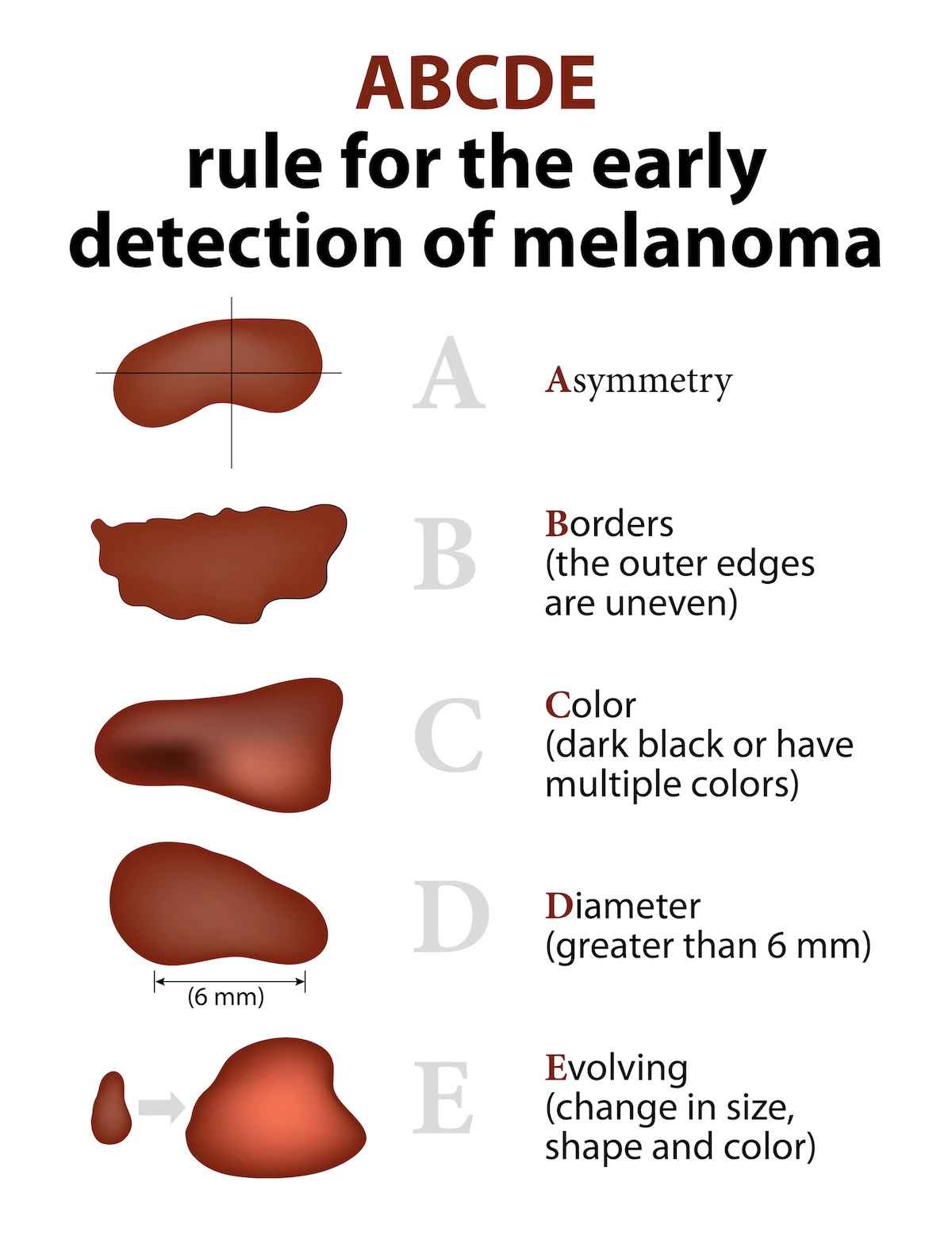
Annual health exams are a key component of maintaining a healthy lifestyle. A person may not see the need to visit the doctor if he or she is feeling well, but not every disease or condition manifests itself in a way that men and women can detect. According the NIH.gov, nearly one-third of the 133 million Americans living with a chronic disease are unaware of the presence of their conditions. Routine physical exams can detect serious illnesses before they do much damage.
No two physical exams will be exactly alike, but many will share some general features.
Health history
A crucial element of a physical exam will include a thorough health history if the physician doesn’t already have one on file. The doctor will take time to ask questions about family history of illness, health habits, any vices (smoking, drinking alcohol, etc.), exercise schedule, and diet. If there is a possible hereditary health condition running through your family, the doctor may suggest certain testing and make note of potential signs to look for in the future.
Current ailments
After discussing a patient’s history, the doctor may ask if they are having any problems they cannot explain. These can include changes in eating or sleeping patterns; aches and pains; lumps or bumps and other abnormalities. Again, the presence of symptoms may be indicative of illness or physical changes, but not all diseases produce obvious symptoms.
Vital signs
A doctor will check a patient’s vital signs during the physical. Areas the doctor will look at include but are not limited to:
- Heart rate: This measures the speed at which the heart is pumping. Normal resting heart rate values range from 60 to 100 beats per minute.
- Blood pressure: A blood pressure cuff (sphygmomanometer) will measure systolic and diastolic pressure. Systolic pressure measures the force with which the blood is pushing through the arteries. The diastolic blood pressure is the pressure in the arteries between beats, when the heart rests. The systolic (top number) should be below 120, while the bottom should be less than 80, according to the Mayo Clinic.
- Respiration rate: The doctor will measure the number of breaths taken in a minute. WebMD says between 12 and 16 breaths per minute is normal for a healthy adult. Breathing more than 20 times per minute can suggest heart or lung problems.
- Pulse oximetry: Johns Hopkins School of Medicine says pulse oximetry is a test used to measure the oxygen level (oxygen saturation) of the blood. It is a measure of how well oxygen is being sent to the parts of your body furthest from your heart. Normal pulse oximeter readings usually range from 95 to 100 percent. Values under 90 percent are considered low.
Physical exam
The examination will also include physical components. The doctor will perform a visual inspection of the skin and body for any abnormalities, such as the presence of skin cancer. The physician may feel the abdomen to check that internal organs are not distended. Females’ physical examinations may include breast and pelvic exams.
Comprehensive testing
In addition to the exam at the office, the physical may include an electrocardiogram, or EKG, to check electrical activity of the heart; blood count and cholesterol checks through bloodwork; body mass index testing; X-rays or MRIs and bone-density tests.
Annual physical exams remain an important part of staying healthy. Consult with your doctor or a licensed healthcare professional for more preventative maintenance tips.












